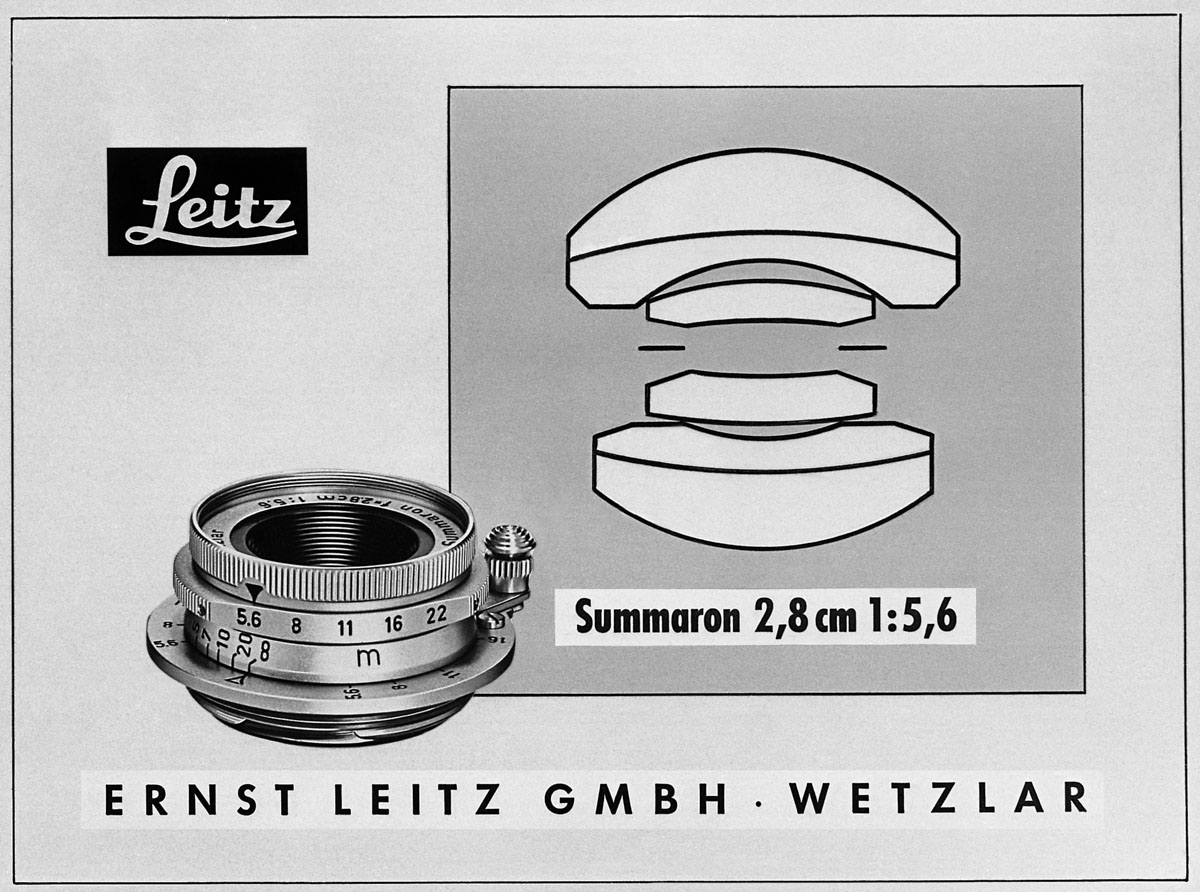When Leica Camera AG comes out with a new lens, we all expect something groundbreaking, whether it will be an unbelievably wide aperture, or zero aberrations, or… something. So, when Leica announced that it had resurrected a ghost from the past with a focal length of 28mm and the maximum aperture as wide as f/5.6, quite a few just had one question: “Really?” Well, yeah, it is tiny, but who wants the lens THIS slow? Some of us, however, asked themselves: “If it is this slow, then it must be something else about this lens that made Leica decide in its favor, right?”
Being one of those who asked about the merits of making this lens happen and not getting any answers, I decided to figure it out by myself. Reading “official” reviews and looking at MTF charts rarely tells you what the lens is really like, hence the only way of testing: shooting it. I had the lens only for a few days, courtesy of Dr. Ulrich Rohde. It was enough for me, however, to understand why this lens has a right to exist.
Based on a classic symmetrical formula, Summaron-M 5.6/28 is not capable of having qualities now considered indecent not to have, like corner-to-corner sharpness and no light falloff. What this lens turned out to have, however, is something that modern aspheric designs do not: an ability to represent the world very close to how we, humans, are used to seeing it. It is not critically sharp, even when stopped down, yet it delivers liveliness, both in color and in black-and-white. Just see for yourself:

High micro-contrast at f/11 coupled with a rather gentle rendering makes these trees look like you can pluck them from the picture.
Even though the maximum aperture of f/5.6 is not exactly suitable for indoor photography, I still did it. Thanks to Leica SL high-ISO performance, pictures did come out. The lens, at its widest aperture, delivered what I had expected: gentle, somewhat muted colors and lifelike 3D.

Warmer color temperature makes the colors even more subtle:

High micro-contrast responsible for the 3D look is especially evident in B&W:

Another useful effect of the high micro-contrast can be seen on Fig. 5 (the B&W version of Fig. 3): a face of a dancer sitting in the background is clearly visible, even though it is not in focus.

The days when such a lens could be considered for a place in a professional lens lineup are long gone. Today it certainly would be a mistake to expect a huge waiting line to buy this lens as a primary wide-angle optics due to its restrictively dark maximum aperture and a brazen disregard for the conventional understanding of what image quality is. It does not mean, however, that is has no right to exist. This is a specialty lens with a distinct signature, and it has way more artistic qualities than the all Sigma Art optics combined. Whether it is worth its list price of $2450, you will be the judge. This is one of those things for which the price is probably the last factor to consider when contemplating such a purchase.
Irakly Shanidze © 2017

You must be logged in to post a comment.